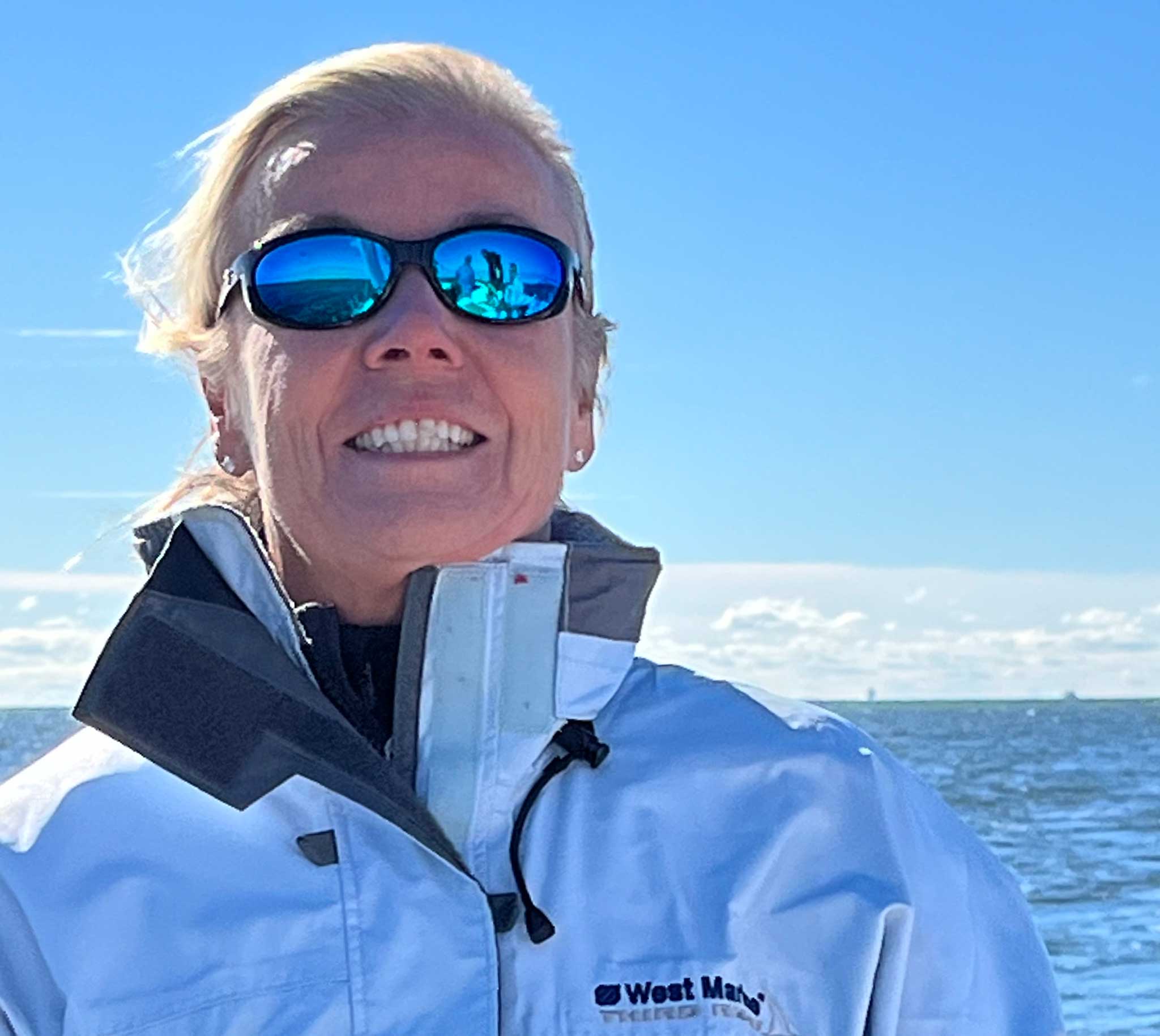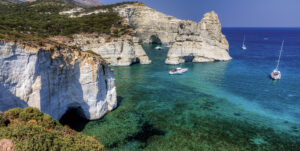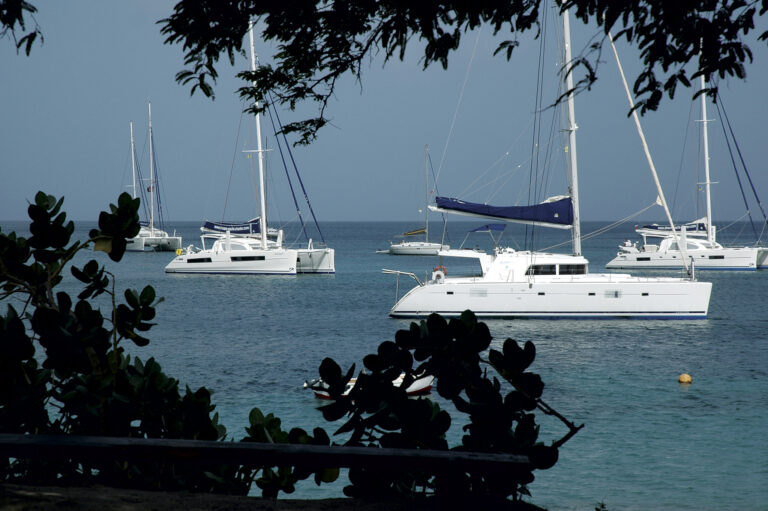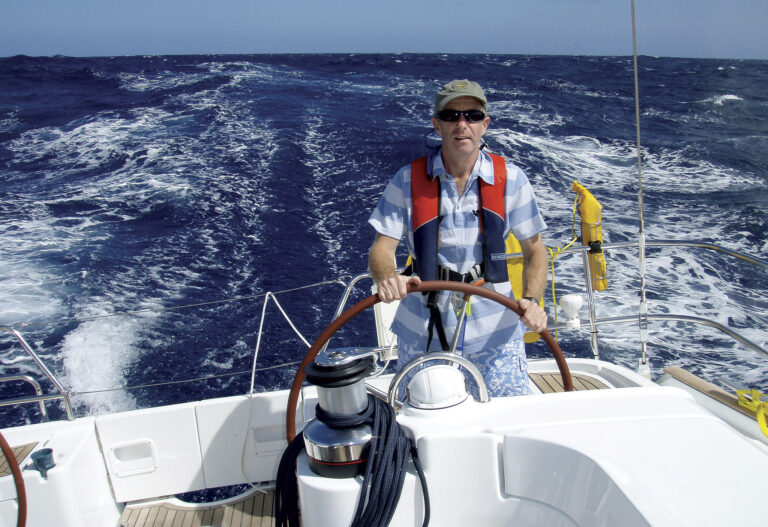Last month, I wrote about the most frequent question I encounter as a charter captain: “Where’s the best place to charter?” The followup always is, “What’s the best boat to charter?”
The question is often asked as if charter companies have an endless selection of vessels with custom amenities and personalized gear. But boat charter is more like Hertz car rental where you get whatever is in bay No. 27. You typically have a choice of a monohull or catamaran and maybe of a few sizes, but generally large charter companies like The Moorings, Sunsail, Navigare, and Dream Yacht Charter standardize on one brand to simplify fleet management. Some regional companies like Voyage in the BVI have specialized offerings including cats with electric propulsion, but the rest of the majors offer reliable workhorses from most of the same builders. In other words, you won’t find an HH waiting at the end of the dock.
A few considerations should help guide your selection of the best boat for your next cruise.
First, bigger isn’t always better. Recently, a highly experienced sailor and the builder of a prolific brand of charter cats confessed that running a 54-foot cat with his family was less than relaxing and “didn’t result in his best vacation.” Although guests are often wowed by a big beast with a flybridge and a million heads, you as the skipper will need to sail it, dock it, and keep all the systems running. The forces on big sails are intimidating, and docking something the size of your living room isn’t for the faint of heart. And, the more equipment, the more potential breakage, and that will leave you swinging wrenches not hoisting beers.
Second, there’s such a thing as too small. Americans don’t like to feel crowded. Most U.S. clients won’t share a head, and having to eat dinner with the plate on your knees can be a showstopper. There’s a bottom limit to size based on your group’s profile. Also, consider displacement in relation to typical conditions. I watched a couple charter a small, light monohull in the BVI. After getting tossed in fairly typical trade winds, they returned to base thoroughly scared and sat out the remainder of their trip at the dock, swimming not in the Caribbean, but in the pool. Choose a boat substantial enough to match your tolerance for conditions.
Third, it’s best to assess the abilities and interests of the group well before selecting the boat. This specifically addresses the cat versus monohull question. Cats are more stable for older people or kids with balance challenges, and they induce less seasickness. Cats also offer more elbow room and private spaces to spread out and take a break from cousin Bob’s unending tales of adventure and glory. However, if your group fancies themselves sailors, a monohull with its pointing ability may be more rewarding, because you just don’t short tack a cat for fun. You start the engines and get on with it, which may ruffle the feathers of salty purists.
Fourth, equipment is great, until it doesn’t work. Check out the systems and decide what’s a must-have versus a nice-to-have. Today’s charter boats are loaded with chartplotters, electric winches, autopilots, electric heads, refrigerators, air conditioning, watermakers, and gensets to run the whole mess. But what happens when something fails? To a degree, less is more.
Day two of my most recent charter in the Sea of Cortez in Mexico saw our plotter take its own vacation. The Sea is remote. There’s no cell service and few villages to help with navigation. I had to rely on dead reckoning, compass bearings, and lining up headlands to guesstimate position. It was a good—if tense—refresher of basic nav. On another charter in Croatia, the land of the endless Med moor, our monohull was advertised as having a bow thruster. I found it in its new, unopened box in the V-berth.
Here’s my advice for finding the best boat. Size up your group both physically and psychologically and opt for the smallest boat that will make them happy. Find the newest boat available within your budget, because charter boats work nearly 300 days a year, so there’s lots of wear and tear. Plan well ahead and target shoulder season when the selection is greatest. And finally, never badmouth a boat in front of your people. First, it scares them, and then you’ve added to your problem. Second, your group will immediately consider it a “bad boat” and feel cheated during their hard won time off.
Stuff happens on charter, so keep a good attitude, praise the experience, and make the best of the “best boat.” It may hear you and oblige.

January/February 2025










